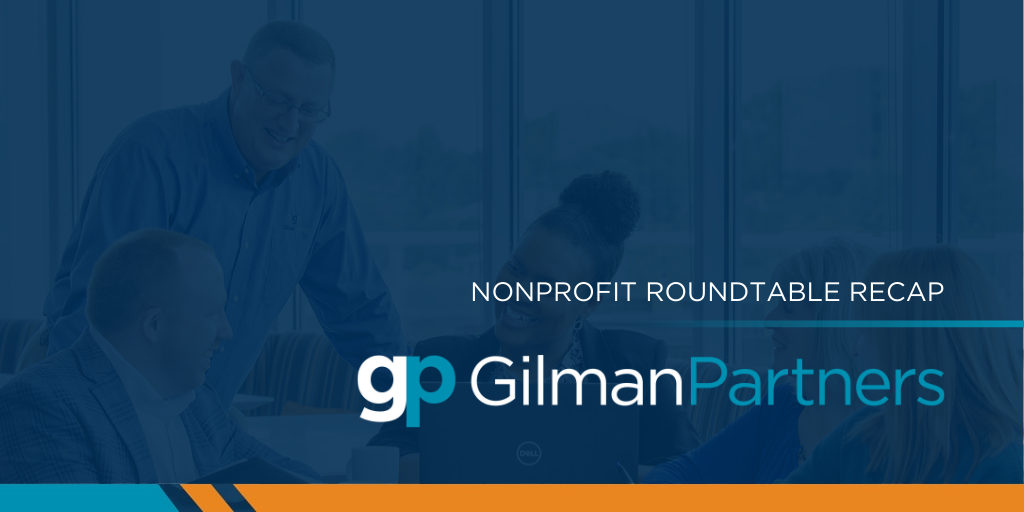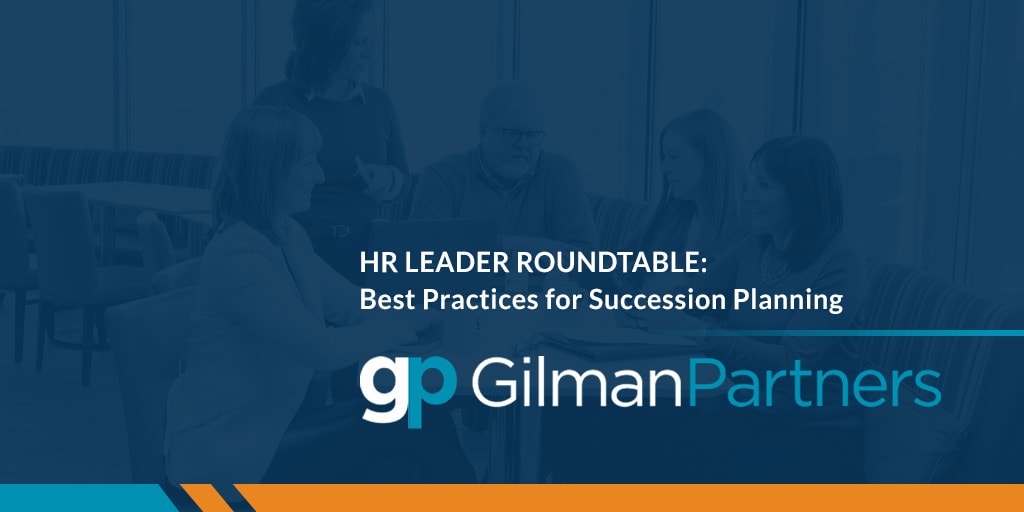Nearly 40 senior human resources leaders from across Ohio and Northern Kentucky joined Gilman Partners’ HR Practice Group for a roundtable discussion on diversity, equity and inclusion. This quarter’s roundtable featured a guest speaker – John Hawkins, President & CEO of MPI Consulting – who focused on how organizations can foster inclusion and belonging in the workplace. Here are some of the highlights from the discussion:
Setting the Stage
- John noted that since the murder of George Floyd in 2020 and the subsequent social justice protests, there has been an increased focus on diversity efforts and more organizations are being “pressure tested in regard to their core values as they relate to diversity, equity and inclusion.”
- The individuals who support expanded and more meaningful DE&I initiatives as well as those who do not both feel their organizations are failing to live up to their values and this tension is nothing new. “We’ve been here before,” John said. “Just look at the ‘60s and ‘70s.” But he’s hopeful the conversation this time around will spur long-lasting change.
Inclusion and Belonging vs. Engagement
- What John hoped to stress more than any other point was how critical inclusion is in today’s workplace. He noted the words “diversity” and “equity” can be “less welcoming” to some individuals, but asked “who would want to work in an environment where all people don’t feel included?”
- Many organizations measure employee engagement, but engagement often focuses on employee growth and development plans, benefits, autonomy, communication, alignment with strategy, etc. And engagement surveys don’t always cut the data by specific demographics (race, ethnicity, gender, disability, sexual orientation, etc.) to better understand how specific groups feel about their organization.
- To really understand how and why employees feel connected to an organization it’s important to look at belonging and authenticity versus simply engagement.
- What does belonging look like in the workplace? John noted we all know the feeling of “putting our game face on” before we go into a tough situation. When you have a sense of belonging you don’t have to do that. You don’t have to wonder how others interpret your behaviors. And you don’t have to be overly cautious in conversations with colleagues.
- John shared that it’s not just one person’s responsibility to drive inclusion in the workplace and he believes everyone needs to understand their role in helping to build a more inclusive culture. This can start by having everyone on a team better understand their own unique qualities and tap into their own lived experiences. He also shared that one of his former employers made an effort to hire diverse employees in pairs so they had someone with whom they felt connected and could share the journey.
Diversity is a Value and a Strategy
- Is diversity a value or a strategy? According to John it can – and should – be both. If it is viewed only as a value, your organization’s diversity efforts are less likely to get the attention and resources they require to be meaningful and successful.
- Diversity strategy is no different than any other strategy in your organization but, as John noted, “DEI is one of the few areas of business strategy that people still think is debatable, negotiable. If our organization’s strategy is to expand to Europe, then everyone needs to be on board with that. That’s the expectation.” We should expect the same support for a diversity strategy.
- A team’s alignment and buy-in on DEI strategy need to start with a clear understanding of the business case for diversity. John added, “If three people in a meeting all have the same ideas then you have two too many people in the room.” Diversity adds critical perspective organizations need to innovate and grow. “When DEI strategy is done well it touches every part of the organization.”
The Growing Role of the Chief Diversity Officer
- “If I were a CFO, I would have financial analysts gathering data so I can prepare reports for senior leadership. If I were a brand manager, I’d have a team looking at customer demographics and making sure we’re hitting our marketing targets. But Chief Diversity Officers are one of the few roles that are often assigned few resources and given no alignment to strategy and are asked to do important work,” John said.
- It’s not uncommon for organizations to assign DEI responsibilities to HR leaders who might have good intentions but not the training or experience to drive meaningful results.
- Because of the status of the Chief Diversity Officer role, some organizations see it as a way to bring a diverse professional onto the executive team quickly. But the role’s lack of strategic alignment, limited resources, and burnout can result in employee turnover and sometimes, as a result, the inability to execute important initiatives.
Measuring Results
- John stressed how critical it is for organizations to measure their diversity efforts. This might mean tracking enrollment, engagement, employee advancement, how long it takes to get promoted, or representation of diverse employees at different levels of the organization.
- “This can’t just be about lip service,” John said. “Some organizations made statements to show support after the George Floyd incident but faced significant blowback from consumers and employees who didn’t feel the organization had done the work or had credibility to speak on the topic.”
Ultimately, John is hopeful we’ll move past the polarization we see today in some organizations around DEI efforts because, as he says, “the American people at our core want to do the right thing.” And he believes the first step toward progress is creating a culture where employees feel comfortable having these important conversations.
If you would like to connect with John and learn more about his DEI or other executive consulting work, please visit https://www.managementperformance.com/ or call 800-543-6744.




